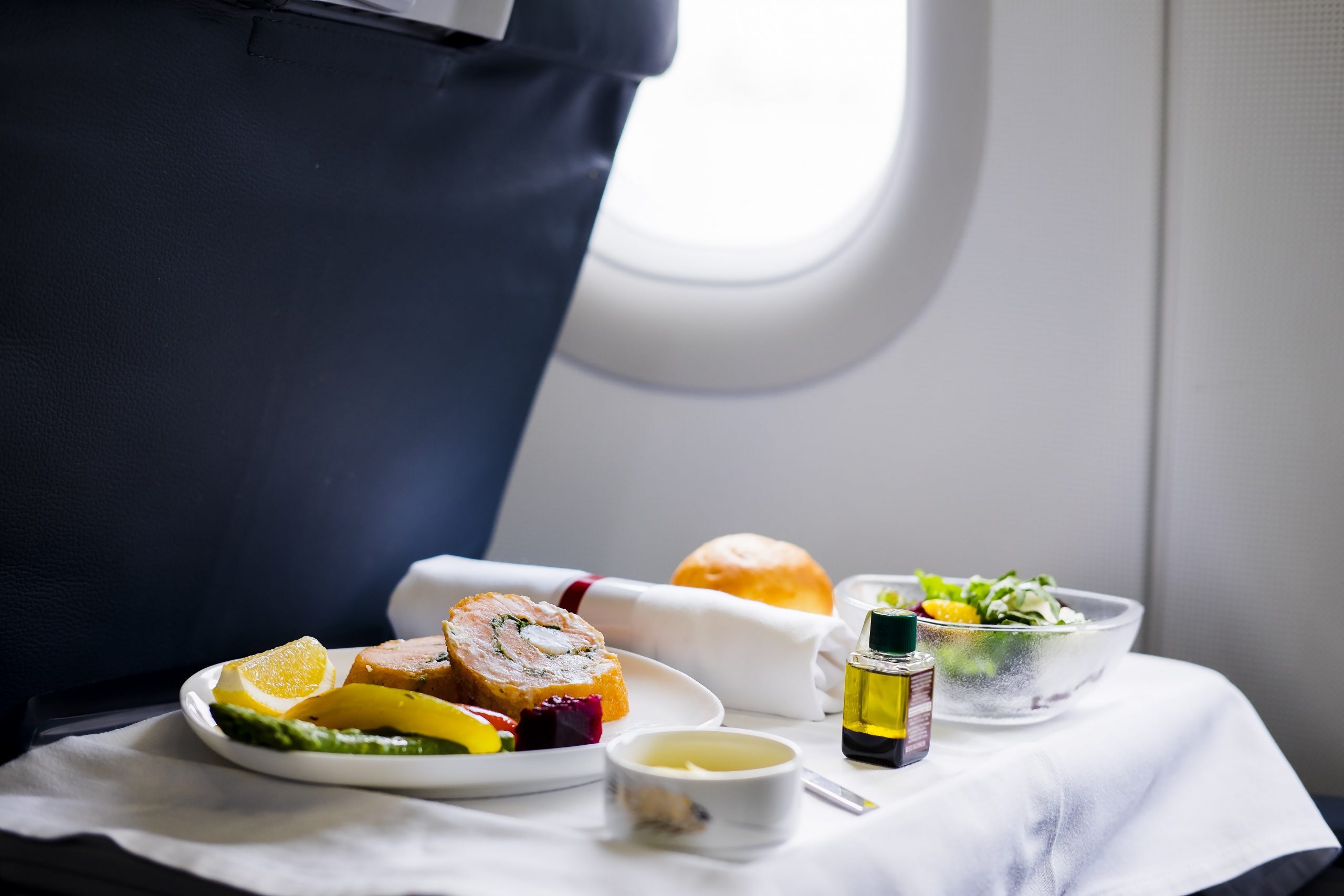
Ever wondered what goes on behind the scenes to prepare your in-flight meal? Airline catering services are a fascinating blend of logistics, culinary arts, and precision. From the moment ingredients are sourced to the time your meal is served at 35,000 feet, a lot happens that passengers rarely see. Did you know that airline meals are often prepared up to 24 hours before your flight? Or that the taste of food can change due to cabin pressure? In this post, we'll uncover 19 intriguing facts about airline catering services that will make you appreciate your next meal in the sky even more. Buckle up and get ready for a tasty journey!
Key Takeaways:
- Airline catering has come a long way from simple sandwiches to diverse menus. Passengers can now enjoy hot meals and special dietary options, all prepared with strict hygiene standards.
- The future of airline catering looks exciting with sustainable practices, technology integration, and healthier meal options on the horizon. Passengers can look forward to a more diverse and eco-friendly dining experience in the air.
The Origins of Airline Catering
Airline catering has a fascinating history. From humble beginnings to sophisticated meals, the evolution is remarkable.
-
First In-Flight Meal: The first in-flight meal was served in 1919 on a Handley-Page flight from London to Paris. Passengers enjoyed a pre-packed lunchbox.
-
Early Menus: Initially, menus were simple, often consisting of sandwiches, fruit, and biscuits. Luxuries like hot meals were rare.
Evolution of Airline Food
As air travel became more popular, so did the demand for better food. Airlines began to invest in quality and variety.
-
Introduction of Hot Meals: By the 1930s, airlines like Pan Am started offering hot meals. This was a significant upgrade from cold sandwiches.
-
Special Diets: In the 1970s, airlines began catering to special diets, including vegetarian, kosher, and halal options.
Behind the Scenes of Airline Catering
Ever wondered what goes on behind the scenes? The process is more complex than you might think.
-
Central Kitchens: Most airlines use central kitchens located near major airports. These kitchens can prepare thousands of meals daily.
-
Strict Hygiene Standards: Hygiene is paramount. Kitchens must adhere to strict regulations to ensure food safety.
-
Taste Testing: Chefs conduct taste tests at ground level and in simulated cabin conditions. This ensures the food tastes good at high altitudes.
The Logistics of Serving Meals
Serving meals at 35,000 feet presents unique challenges. Timing, space, and temperature all play crucial roles.
-
Meal Timing: Meals are often served based on the flight's duration and time zones. This helps passengers adjust to different time zones.
-
Limited Space: Galleys, the kitchens on planes, are small. This limits the variety and complexity of meals that can be prepared.
-
Temperature Control: Meals are pre-cooked and then chilled or frozen. They are reheated on board to ensure they are served hot.
The Economics of Airline Catering
Airline catering is a big business. The economics behind it are fascinating.
-
Cost Per Meal: On average, airlines spend between $3 to $10 per meal. This varies based on the class of service and flight duration.
-
Revenue Generation: Some airlines generate additional revenue by selling premium meals or snacks.
-
Partnerships with Chefs: Airlines often partner with celebrity chefs to create exclusive menus. This enhances their brand and attracts passengers.
Fun Facts About Airline Food
Airline food has some quirky and fun aspects that might surprise you.
-
Taste Buds at Altitude: At high altitudes, our taste buds become less sensitive. This is why airline food is often more heavily seasoned.
-
Wine Selection: Airlines carefully select wines that taste good at high altitudes. The lower air pressure affects the taste of wine.
-
Cultural Menus: Some airlines offer menus that reflect the cuisine of their home country. This provides a unique cultural experience for passengers.
Innovations in Airline Catering
The future of airline catering looks promising with new innovations on the horizon.
-
Sustainable Practices: Airlines are adopting sustainable practices, such as reducing plastic use and sourcing local ingredients.
-
Technology Integration: Some airlines use technology to allow passengers to pre-order meals. This ensures they get their preferred choice.
-
Healthier Options: There is a growing trend towards offering healthier meal options, including organic and low-calorie choices.
The Final Bite
Airline catering services are more than just meals on a plane. They involve complex logistics, strict safety standards, and a touch of culinary art. From the moment ingredients are sourced to the time meals are served at 35,000 feet, every step is meticulously planned. Airlines cater to diverse dietary needs, ensuring passengers with allergies or specific preferences are well taken care of. The next time you enjoy a meal on a flight, remember the incredible journey it took to get to your tray table. These facts highlight the dedication and effort behind every bite, making your in-flight dining experience truly remarkable. So, next time you're flying, take a moment to appreciate the hard work and precision that goes into every meal served in the sky. Safe travels and bon appétit!
Frequently Asked Questions
Was this page helpful?
Our commitment to delivering trustworthy and engaging content is at the heart of what we do. Each fact on our site is contributed by real users like you, bringing a wealth of diverse insights and information. To ensure the highest standards of accuracy and reliability, our dedicated editors meticulously review each submission. This process guarantees that the facts we share are not only fascinating but also credible. Trust in our commitment to quality and authenticity as you explore and learn with us.


